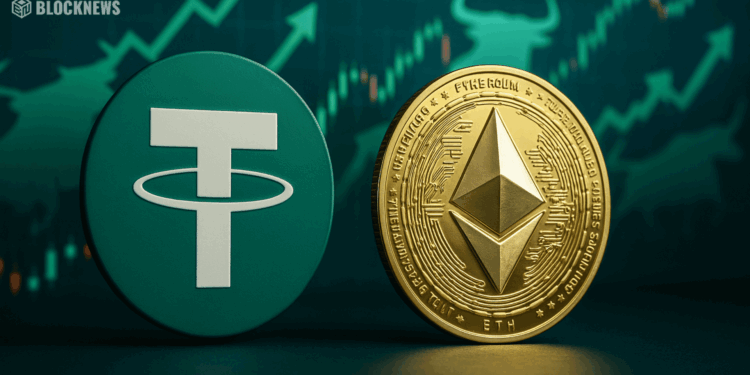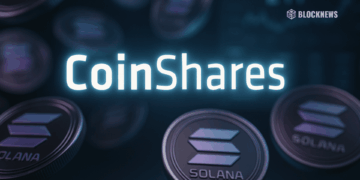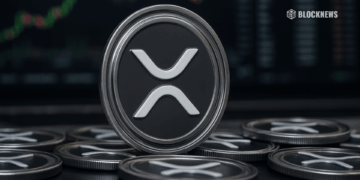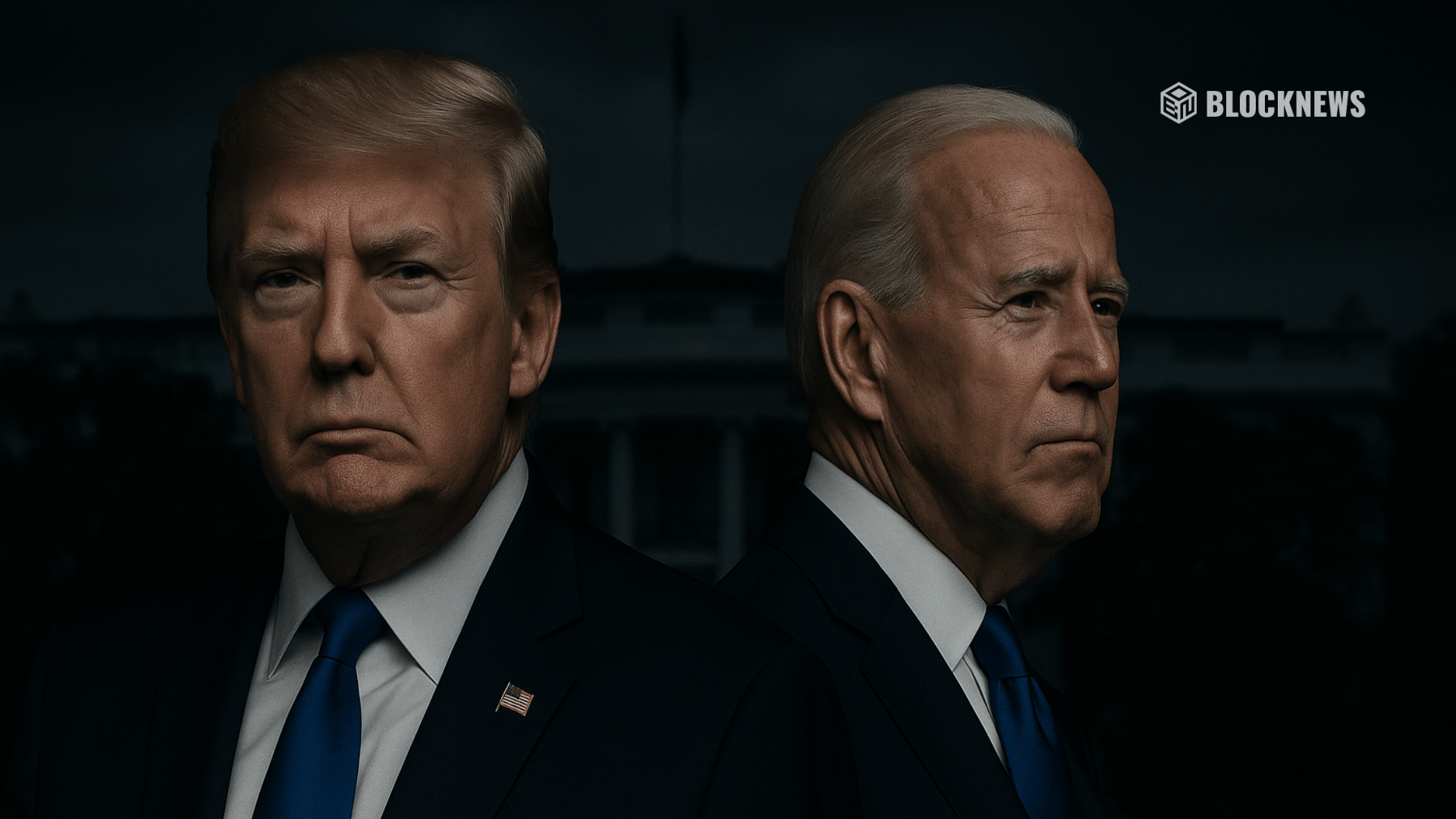- Tether minted $1 billion USDT on Ethereum, boosting stablecoin liquidity.
- USDT supply often influences Bitcoin and Ethereum price moves, depending on deployment.
- Businesses should diversify, follow regulations like MiCA, and strengthen security practices.
Tether just dropped another big move into the stablecoin market—minting $1 billion worth of USDT on the Ethereum blockchain. For a sector already dominated by stablecoins, that’s no small splash. This fresh injection of liquidity strengthens USDT’s position as the go-to dollar-backed token, making it easier for fintech players and traders to move capital around quickly. In regions like Asia, where banking systems aren’t always efficient for remittances or cross-border transfers, that extra liquidity could be a game-changer.
But the big question is—where does this $1B actually go? If it flows into exchanges and starts fueling trades, we could see a bump in crypto activity across the board. Historically, large Tether minting events have lined up with upward momentum for Bitcoin and Ethereum. On the flip side, if these tokens just sit idle in Tether’s treasury wallets, the fireworks might fizzle before they start.
How Tether USDT Minting Impacts Bitcoin and Ethereum Prices
Traders pay close attention to these minting events because they often hint at what’s next for broader markets. Past patterns suggest USDT liquidity sometimes precedes Bitcoin rallies. Of course, correlation doesn’t mean causation—other forces like regulations, global macro trends, and investor sentiment all weigh heavily. Still, ignoring the timing of these moves would be a mistake, especially for those looking to catch the next wave of volatility.
Stablecoin Minting and Crypto Treasury Management for Businesses
For businesses operating in crypto, Tether’s $1 billion mint underlines the importance of smart treasury management. Stablecoins like USDT are perfect for short-term liquidity and everyday expenses because of their relative price stability. But companies shouldn’t lean on just one asset. Diversification across USDT, USDC, Bitcoin, Ethereum, and maybe even smaller altcoins helps spread risk. With volatility never far away in this market, balancing stability with upside potential is key.
Regulation is another piece of the puzzle. Frameworks like Europe’s MiCA are reshaping how stablecoins are classified and controlled. Staying compliant isn’t just a checkbox—it’s protection against costly legal headaches. Companies that adapt early will be better positioned as these rules tighten worldwide.
Security Best Practices for Managing USDT and Stablecoins
Minting $1 billion in USDT may highlight opportunity, but it also reminds businesses and investors of the risks. Security practices need to be airtight. Multi-signature wallets, cold storage, and regular independent audits aren’t optional—they’re essential. As stablecoins take on an even bigger role in the financial system, those who prioritize transparency and protection will be the ones who thrive in the long run.













